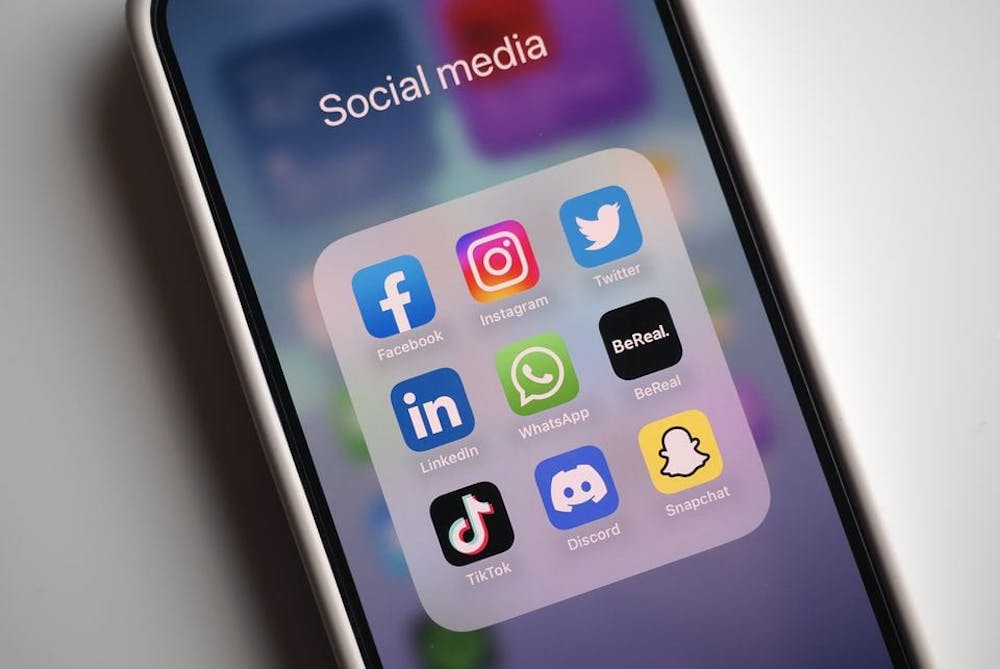On one fine day, while navigating the cesspool of Instagram Reels, I stumbled upon a reel of a rather cute guy. Naturally, I commented “cute” on that post expressing my opinion about the reel. The comment section is something that I often avoid when interacting with social media but whenever I do use it, I rarely face any ridicule. What followed my comment was something surprising in an age where we champion diversity and inclusivity in public spaces. I faced homophobic replies that were not only directed toward me but also toward the user of the Instagram account that posted the reel. It was a bit hurtful, but I thought of this instant as an object of inquiry.
Multiple layers of interaction function in social media hate — right from a generalized hate word to a personal attack. In my specific example — anonymous users employed hate by labeling me “gay” as something that I should be ashamed of. The user read my initial comment and decided to give me a label that I do not completely conform to and use it against me as a weapon. Now, all of this was done under the garb of anonymity. I didn’t know the user who replied to my comment and neither did they know me.
Social media platforms lead to impersonal interactions. These impersonal interactions are fundamentally dehumanizing. Dehumanization happens in the way that an individual is driven to spread hate against what a human represents through their comment and not the human themself.
The very extrapolation of the comment to represent a human is central to spreading hate. Now the prejudices and discriminatory beliefs that one may have can be employed to fight against this entity that is a representative of something that one despises. This is a fallacy in judgment as a human being is a complex entity. A failure to recognize this complexity is a failure to recognize a human.
One perceives a non-human on the other side of a social media interaction empowering them with the liberty to unleash hate. Hate on social media is a result of not acknowledging the human in an interaction which is embedded in the platform's nature. It is difficult to suggest that a similar hateful behavior will be displayed in a physical one-on-one conversation. Generally, the physical nature of this interaction would ensure the recognition of both entities’ humanity leading to a possible civil conversation.
One way of humanizing our online interactions could be to simply stop and think about a human at the other end of the interaction chain. Before commenting on something with hate we must recognize that we do not know the person that we may end up hurting. We must understand that we have the power to stop a hateful dehumanizing cycle by not starting it in the first place. These are steps that we can take to build a safer social media environment at an individual level but hate speech remains an issue on the broader social level.
Online platforms present a public space that tends to mimic characteristics of public spaces like that of mob behavior. Online mob behavior is generally driven by intense emotion which can then be used to spread hate speech. People who engage in hate speech tend to have a history of radicalization which enables weaponization of existing prejudice against certain groups leading to their easy propagation. For instance, people who associate intense religious belief with the traditional family and see the LGBTQ+ community as a threat to that institution then may spread hate against the LGBTQ+ community.
Hate speech has real-life consequences. Exposure to hate speech may lead to higher levels of stress impacting the subject’s psychology. Hateful speech has been historically correlated to a rise in violence specifically targeting marginalized communities, leading to gruesome consequences like large-scale violence. Even today, online hate speech is linked to a global rise in violence. This rise in violence can either be through direct mobilization against a certain group or general tension that leads to violence.
Anti-LGBTQ+ crimes are on the rise. What I faced may not be an instance of hate crime or speech, but it was something intended to be hurtful. Hate speech starts with an intent to hurt. Radicalized groups make weaker sections of society their targets. We as people of these marginalized groups must demand better speech regulation from private social media platforms like Instagram to counter hate groups. Demanding better regulatory speech policies and recognizing the human in our online interactions can make social media a safer space — not just for us but for everyone.
Advait (he/they) is a freshman studying economics and sociology.






